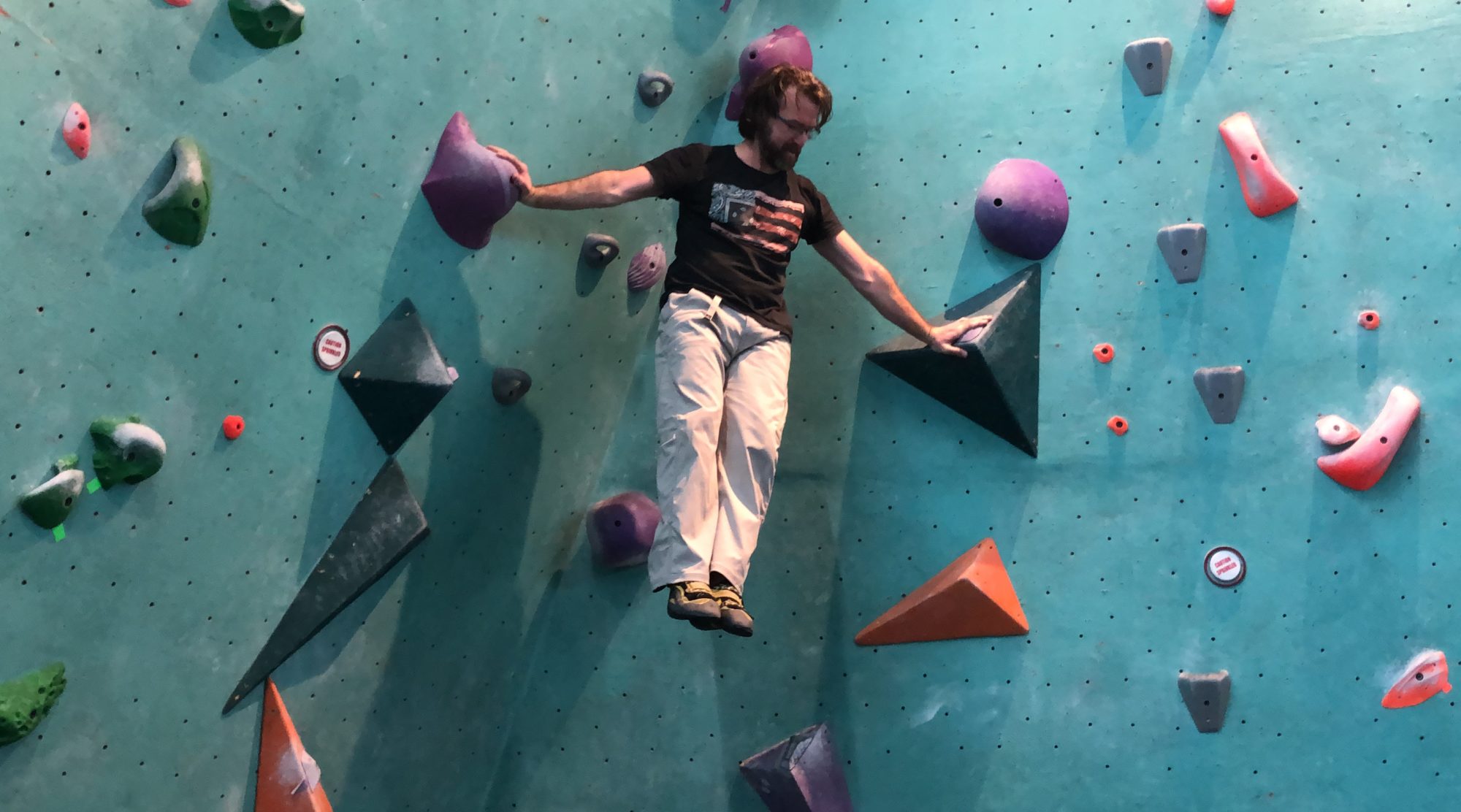Whatever workout you have planned for today, take a moment to ask these simple questions along the way:
- Is this movement appropriate for me?
- Is it painful?
- Does this feel safe?
No Pain, No Gain?
As you consider these questions, keep it simple. Pain is always a yes or no question. We tend to qualify and discount pain with “it hurts a little, but once I run through it a bit, it starts to feel better” ; “it doesn’t hurt that bad.” ; or my personal favorite “No pain, no gain.” It is a dangerous game to “push through pain.” The mantra of “No pain, no gain” is often what many people say right before they injure themselves. I prefer the mantra of “No pain, no pain!” or “No pain, all gain!”

Pain is the best coach you will ever have… if you listen.
Ask yourself these questions, really listen to your body, and honor the answer. If you’re feeling pain, tune in and listen to why.
- Is your body asking you to stop?
- Is your body telling you that this movement isn’t appropriate right now?
Be present with what you are experiencing in this moment. If your body is telling you to stop, then stop, and find a non-painful movement or exercise that feels safe. Painful movement is not healthy movement.
Not sure how to listen well? An experienced Movement Therapist, MovNat Certified Natural Movement Coach, personal trainer, or fitness coach can teach you healthy pain-free movement as well as to recognize and respond appropriately when you do feel pain.
Your Mindset Matters
Where do your decisions to move come from? Most of us choose to move based on where we are emotionally. If we are operating from a place of self judgement, anger, or insecurity, we are far more likely to ignore pain, push it too hard, and/or experience greater physical injury.
For example, the person who goes for a run because they think they are not good enough–they are not operating from a foundation of love, honor, or respect for their body. They are punishing themselves. Every step they take reinforces the mindset of “I don’t like myself.” They are more likely to not only ignore a painful condition, but to push even harder in spite of it. How will this feel over time? They are not moving away from self-loathing by working out. They are reinforcing it. Every painful step drives the self hate deeper. This person may look incredibly fit and healthy on the outside, but every time they look in the mirror, they see someone who is less than.
If you judge yourself harshly, you are less likely to listen to your body. Every movement or exercises decision you make from this place of self judgement reinforces a negative mindset and sets you up for potential pain and injury. These injuries are your body’s way of saying pay attention now! Injury will stall your progress directly in its tracks and drive you deeper into self-loathing! Even worse, it will affect how you recover from injury. You will be more likely to do too much too soon and fall into the injury cycle.
When we are operating from a foundation of loving, honoring, and respecting our body, we make healthy movement decisions around our health and well being. Changing your mindset will make a big difference in your experience and your outcome.
Healthy Pain-Free Movement
Is there a pattern of self-judgement playing out in your fitness activities? Shift into a mindset of love, honor, and respect and use these simple questions to check in with your body throughout your workouts. Making a habit of tuning in this way will set you on a path to engaging in healthy movement that makes you look and feel fit and healthy on the outside as well as on the inside.

